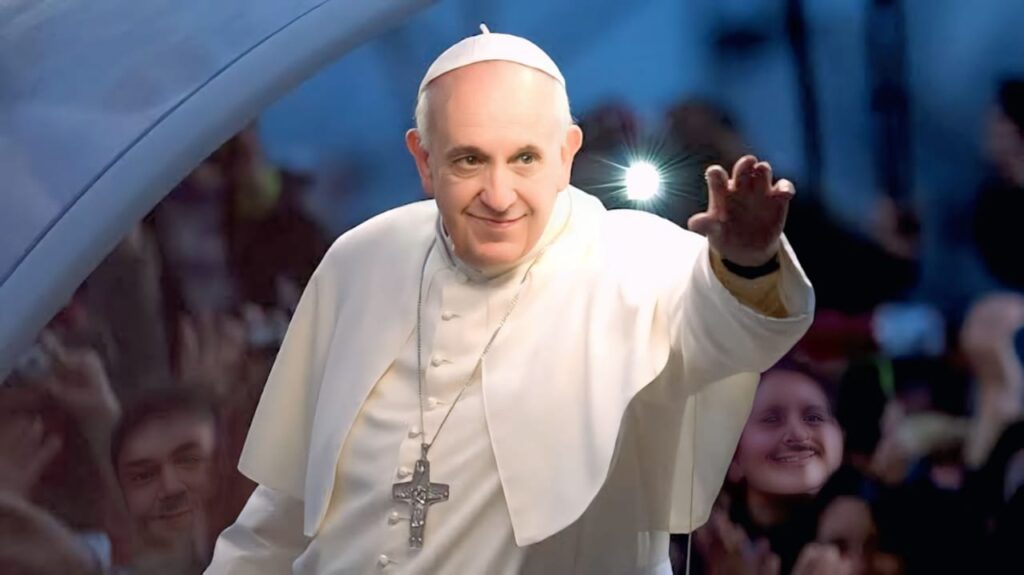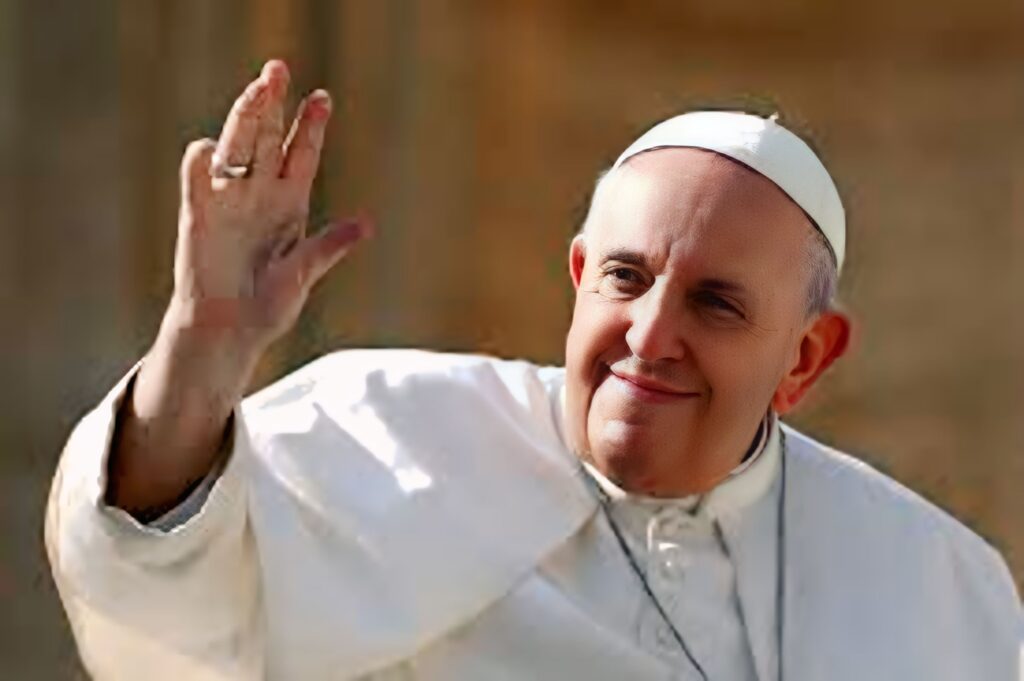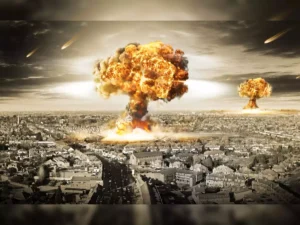A Pope with a Purpose: Reform from the Heart of the Vatican
In a world increasingly divided by ideology and dogma, one spiritual leader dared to reset the compass of a centuries-old institution. Pope Francis, the first Jesuit and Latin American pontiff, stepped into the shoes of St. Peter in 2013 with a mission: to shift the Catholic Church away from rigid conservatism toward a more compassionate and inclusive future.
This was no small task. Pope Francis inherited a Vatican grappling with internal scandals, waning relevance in modern life, and growing disconnect with the marginalized. But instead of tightening the grip of doctrine, Francis chose to open the doors wider than ever before—welcoming refugees, advocating for climate justice, and redefining the Church’s voice in the world.
Breaking Tradition, Embracing Humanity
From the very beginning, Pope Francis set himself apart. Gone were the lavish Vatican traditions and papal pomp. Instead, he chose humility—living in a modest guest house, carrying his own bags, and washing the feet of prisoners during Holy Week.

His papacy was driven not by political power, but by pastoral care. He prioritized inclusion over exclusion, famously stating:
~“It’s hypocrisy to call yourself a Christian and chase away a refugee or someone seeking help.” (2016)
He went on to assert that homosexuals are also “children of God and have a right to a family.” These simple but profound statements shook centuries-old attitudes within the Church.
In 2020, he emphasized:
~“A society that is not capable of allowing women to have greater roles does not move forward.”
The Inclusive Pontiff: Pope Francis’ Global Message
Francis believed the Church should serve as a “field hospital” for those wounded by the world. He focused on real-world issues: poverty, migration, environmental destruction, and the dignity of human life. His 2015 encyclical Laudato Si’ called for global environmental action, bridging religion and science in defense of “our common home.”
He reached out to non-believers, atheists, and people of other faiths, reinforcing that morality and compassion are universal virtues—not confined to a single religion.
The Power of Papal Diplomacy: Church Meets Politics
While Pope Francis was winning hearts, another story unfolded: the hidden but powerful political influence of the papacy throughout history. The Vatican, despite its small physical size, wields enormous soft power. This is especially evident when tracing the Church’s role through the 20th century’s wars and global transformations.
World War I: Pope Benedict XV’s Peace Push
Pope Benedict XV, who led the Church during WWI, famously called it “the suicide of civilized Europe” and a “senseless slaughter.” He was condemned by both sides for trying to stay neutral, but his stance laid the groundwork for the Vatican as a center for peace-oriented diplomacy.
World War II: The Dilemma of Pope Pius XII
Pope Pius XII walked a tightrope during WWII. While publicly silent about the Holocaust due to fears of Nazi retaliation, he secretly helped Jews and praised Allied leaders for saving lives. His efforts earned both praise and criticism, and he remains one of the most debated papal figures—some calling him “Hitler’s Pope,” others defending his strategic silence.
Cold War & Communism: The Papacy Fights Ideological Battles
During the Cold War, the Vatican evolved from spiritual authority into a diplomatic powerhouse. Popes used behind-the-scenes influence to support anti-communist efforts and promote democracy.

The most striking example came with Pope John Paul II. Hailing from communist Poland, he inspired the Solidarity movement that eventually toppled communist regimes across Eastern Europe. Even Mikhail Gorbachev credited John Paul II’s spiritual leadership with making peaceful revolutions possible.
~“The Pope won this war,” a Soviet diplomat once quipped.
The Modern Papacy: Diplomacy in the Age of Globalization
As the 21st century unfolds, the papacy continues to serve as a moral compass on international issues. The Vatican now maintains diplomatic relations with over 180 countries. Recent popes have influenced global debates on:
- Climate change
- Refugee crises
- Human trafficking
- Wars and peace negotiations
Pope Francis played a crucial role in the historic thawing of US-Cuba relations in 2014. His diplomatic efforts reflect the Church’s new identity—not as a ruler of kings, but as a voice of conscience for the world.
Catholicism by the Numbers: A Global Force
With over 2.4 billion Christians globally, Christianity is the world’s largest religion—and Roman Catholics form the largest denomination. The numbers are staggering:
- Brazil leads with 133 million Catholics.
- Followed by Mexico (96M), Philippines (75M), United States (74M), and Italy (50M).
- In India, over 18.5 million people identify as Christians, mainly in Nagaland, Meghalaya, and Mizoram.

Despite challenges, the Catholic Church’s influence remains massive—socially, spiritually, and geopolitically.
Pop Culture Meets Papacy
Pope Francis has also become a symbol of relatability in pop culture. One of the most iconic modern images is him fist-bumping Spider-Man (a man dressed in the costume during a Vatican visit), symbolizing his open-hearted approach to faith and humanity.
Final Thoughts: A Papacy of the People
Pope Francis’ legacy is still unfolding, but his impact is undeniable. He has shifted the Church’s focus from dogma to dialogue, from judgment to mercy. At a time when religion often feels out of touch, Francis has made the Church feel human again.
By connecting the sacred with the everyday, and faith with action, Pope Francis stands as a bridge between tradition and transformation.
Share this:
- Click to share on Facebook (Opens in new window) Facebook
- Click to share on X (Opens in new window) X
- Click to email a link to a friend (Opens in new window) Email
- Click to share on Telegram (Opens in new window) Telegram
- Click to share on Threads (Opens in new window) Threads
- Click to share on WhatsApp (Opens in new window) WhatsApp








